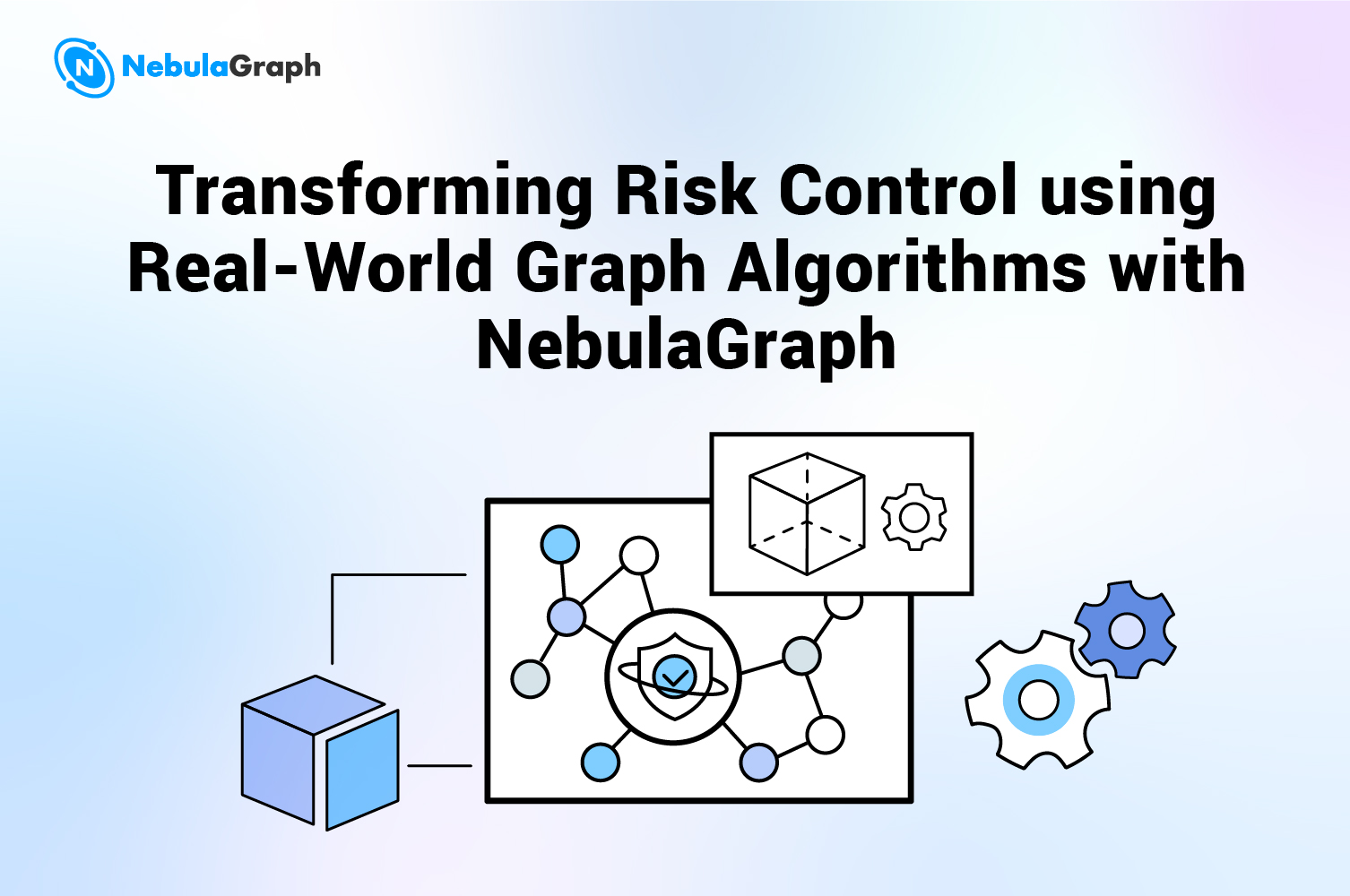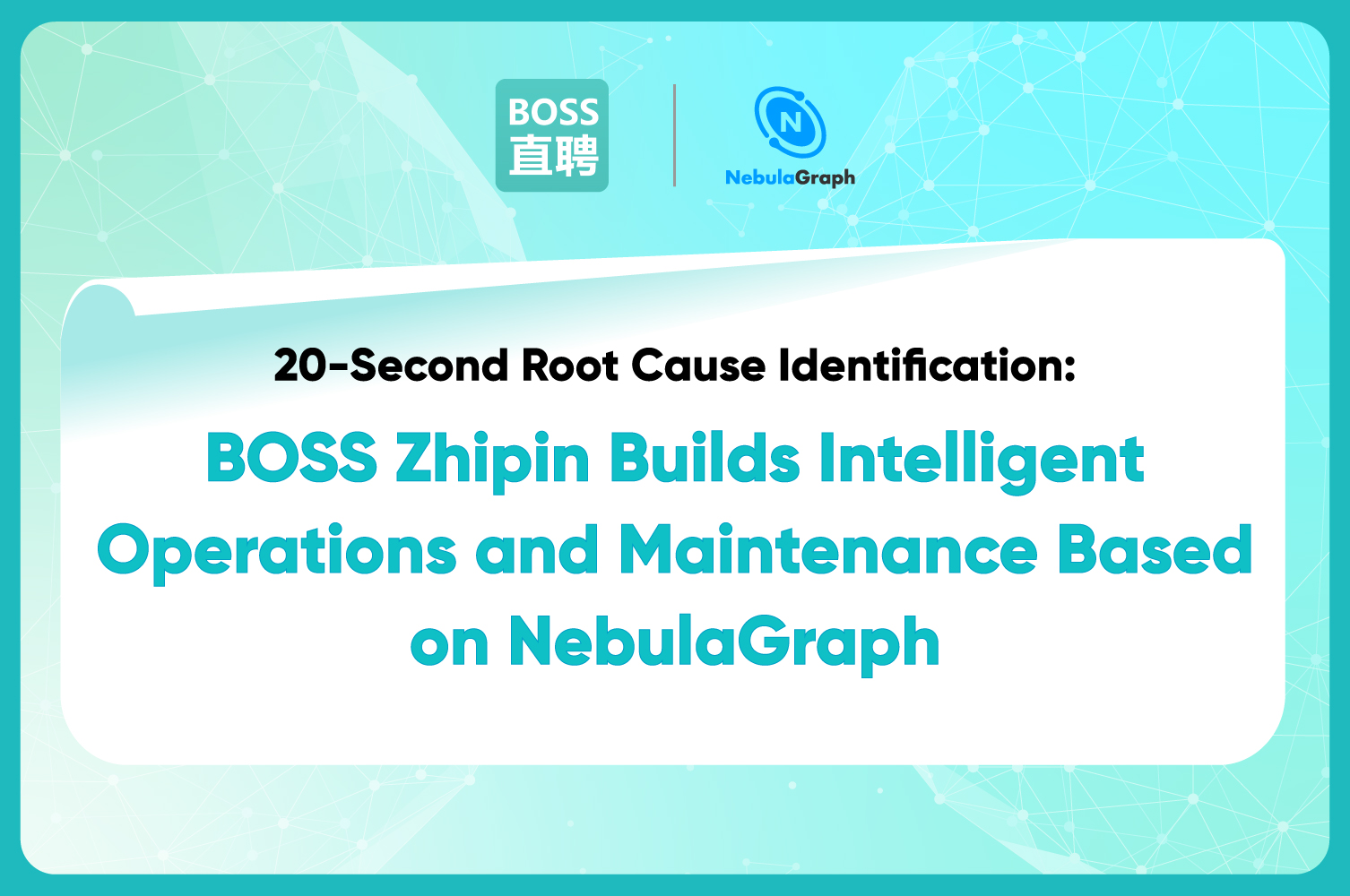LLM
Graph Databases: The Hidden Key to Unlocking the Full Potential of AI Applications
As you most probably know, a graph database is designed to store data as connections rather than tables. These connections are nodes or points on a graph, or lines depicting relationships between data points.
Graph databases look like a network linking various pieces of data, revealing complex patterns and variations. Graph data can power a typical machine learning model by capturing and leveraging intricate relationships between data points. This creates the foundation for the use of graph databases in AI applications.
According to research by MarketsandMarkets, the graph database market is expected to grow by 20.2% annually. This high growth is primarily propelled by the increasing demand among businesses to develop applications that are fueled by interconnected data . The most familiar example of such applications is a product recommendation engine, common across e-commerce sites.
And now as we enter the era where more organizations are leveraging artificial intelligence to build applications, the significance of graph technology becomes even more pronounced.
So it’s highly likely that you are on a quest to explore the utilization of graph databases in AI applications, and this guide is here to offer you precisely that solution.
Let’s explore how businesses are using graph databases like NebulaGraph for AI applications.
Benefits of using graph databases in AI applications
Graph machine learning offers unprecedented data insights, which can add tremendous value to a business.
These are the key benefits that organizations are gaining as a result of using graph databases to power AI applications:
Improving data analytics
Data scientists can use graph algorithms to reveal complex patterns hidden in datasets. Graph data is rich with connections and relationships, which give a clearer understanding of organizational information.
This leads to better business operations, e.g., hyper-targeted marketing campaigns and streamlined manufacturing workflows.
Improving application speed and performance
Compared to traditional tabular databases, graphs offer training data that is more user-friendly for AI and ML algorithms.
Graph technology can accelerate deep learning processes for businesses that have vast amounts of data. This means that real-time applications built on graph algorithms become more responsive.
Developers can build AI apps faster using graph technology, and end users can enjoy a seamless experience when they interact with these apps.
Improving AI accuracy
Graph machine learning connects relevant data points, meaning that applications yield more precise responses to prompts and queries.
Developers can build AI applications with graph analytics to increase transparency, so they can see the inner workings of the neural network.
In addition, data scientists can study the nodes and relationships in the AI model. They can create a highly accurate AI mode when they are able to identify how the data is accessed and processed.
How do graph databases work with AI applications?
Artificial intelligence (AI) applications use vast amounts of data to generate insights. These insights are the related data points or context that the AI model links together automatically.
Using graph technology, data scientists give context to the neural networks that power applications.
Here are the major ways that graph technology enhances AI. Please note that these approaches apply both when you are using a commercial graph database option or an open source graph database:
Graph databases offer connected features which drive accuracy
Accuracy is everything in matters of data, and graph databases do a great job here. Connected features are the metrics that show the link between two data points or nodes in a graph database.
Graph machine learning models become more accurate with more connections. These connected features are critical in artificial intelligence models that detect criminal behavior, such as online fraud.
Criminals tend to hide their online activities to avoid detection, but their activities are all connected. Graph analytics enable data scientists to see patterns that they may otherwise miss without the help of a graph database. This enables law enforcement authorities to accurately predict and prevent fraud.
Graph databases provide context for efficiency
Most organizational data is stored in tables with rows and columns, e.g., a spreadsheet. Machine learning algorithms can use tabular data for training models, but this requires a lot of computing power and human intervention. This means that the algorithm training process becomes slow and expensive.
Graph machine learning, however, makes AI training more efficient. Graphs store data as nodes and lines rather than tables and indexes. This allows data scientists to train models on already connected data, and this accelerates machine learning pipelines.
Graph databases provide a foundation for credibility
AI hallucinations are a common problem, where a tool like ChatGPT may present incorrect information as fact. This usually happens because of insufficient data or low quality training data.
Unfortunately, AI hallucinations can erode trust, making it more difficult for individuals and companies to rely on AI outputs.
Graph technology is one way to overcome this problem. Since training data is represented as nodes and lines, data scientists can trace which elements the model uses to generate its responses.
This is particularly important for predictive applications in industries such as finance or healthcare. AI applications in these industries need to be credible to avoid ethical problems.
Graph databases provide context for decisions
This is possible specifically through knowledge graphs. But first, what is a knowledge graph?
We define a knowledge graph as an interconnected dataset that has contextual meaning. To put it in a much simpler way, knowledge graphs are used to link relevant information together, just as a human would use past experience to make a choice.
A knowledge graph uses underlying data to add meaning (context) to the end user's query. The graph algorithms essentially decide which data is relevant to the keyword. This enables users to find exactly what they're searching for in their data.
An example is the Thomson Reuters Knowledge Graph Feed. It finds relationships between billions of data points to help customers make investment decisions.
Emerging fields where graph databases can power AI applications
Graph technology enables data scientists to see how neural networks function. They can build AI applications that are more accurate and transparent.
Organizations can then use these applications to make faster and better decisions. The following are the major use cases that demonstrate how graph databases function in real-world applications.
Fraud detection
Data science plays a critical role in online fraud detection. Fraud rings cultivate different digital personas and false identities to trap unsuspecting victims.
They then disappear after stealing identities or money, often without a trace. However, graph technology can effectively identify patterns from how fraudsters behave online. One fraud ring can have thousands of data points, e.g., fake social media profiles, online transactions, fraudulent addresses, etc.
Since graph algorithms can run at a large scale, fraud detectors can use link prediction techniques to identify suspicious user patterns across numerous online platforms. Therefore, they can spot fraud rings and prevent incidents in real-time.
Product recommendations
Graph databases are commonly used in recommendation engines. These can be e-commerce websites, hotel booking sites, product comparison platforms, etc. Graph algorithms find links between customer purchases, product searches, and reviews. They also find similarities between different types of customers on an eCommerce platform.
This interconnected data is what informs the product recommendations. This data powers features like "frequently bought together", "frequently viewed together", or "buy again". Combined, these features increase opportunities for upselling, cross-selling, and repeat sales. An example is eBay's ShopBot, which is linked to Google Assistant to improve customer search results.
Social networks
Graph technology plays a vital role in social networks in two main ways. First, it identifies how users are interconnected on the platform, e.g., who has the highest engagements and influence, suspended or inactive accounts, etc.
Secondly, graph data can identify fake profiles or bots that skew user data. Bot accounts often inflate the active user numbers by automatically reposting or sharing content. However, graph algorithms can identify fake accounts by examining the complex patterns around their behavior.
For example, a genuine, highly-engaging account and a bot account have different qualities or relationships with other users. A real account has higher two-way engagement than a bot account. The difference in engagement enables platforms to filter out the fake accounts.
Location services
Applications that link to location services need to provide relevant information to users on demand. Examples of such information can be traffic and weather reports, live streaming content, or pest alerts for farmers.
Location services are also used in marketing campaigns to target customers with content, depending on where they are. Location information is essentially the context behind these applications.
Graph analytics can determine location connections through subscriber identity module (SIM) tracking and GPS sensors.
Regulatory compliance
From a data science perspective, regulatory compliance is a highly dynamic process. Companies accumulate sensitive user data from numerous endpoints, all of which must be protected by the highest privacy standards.
For example, the General Data Protection Regulation (GDPR) compliance is difficult for businesses. Over 1,000 businesses were fined for noncompliance in 2022.
Unfortunately, personal data is usually spread out in many different repositories. It can be housed in data centers, on-premise servers, employee accounts, etc.
With graph technology, your organization can easily connect all the places where sensitive data resides. These connections make it possible for compliance measures to apply across all the data. They also allow a business to delete all personal data if customers request it.
Other areas of use include robotics, Internet of Things (IoT),Enterprise Content Management, Mobility, and Digital Asset Management. In robotics, for example, adaptive robotics require artificial intelligence and machine learning to process their environment. These machines use data to keep functioning when their surroundings change or if a component breaks down. An example is the Flexiv Rizon adaptive robot, an AI-powered robotic arm used in manufacturing industries. Graph databases are used to store the data that adaptive machines generate. These include object recognition data from sensors, or positioning data from global positioning system (GPS) integrations. They can also be used to simulate and predict the behavior of the robot.
Conclusion
Graph databases uncover hidden patterns and connections that traditional databases may miss.
This rich structure enables AI applications to make more context-aware, accurate predictions. The result is improved user experiences, enhanced data understanding, and more effective decision-making across various industries.
In essence, graph databases empower AI to harness the power of interconnected data.
If your business is looking for more ways to leverage big data in AI applications, then you need to start incorporating graph databases as an essential pillar across your AI development ecosystem. Get started.


